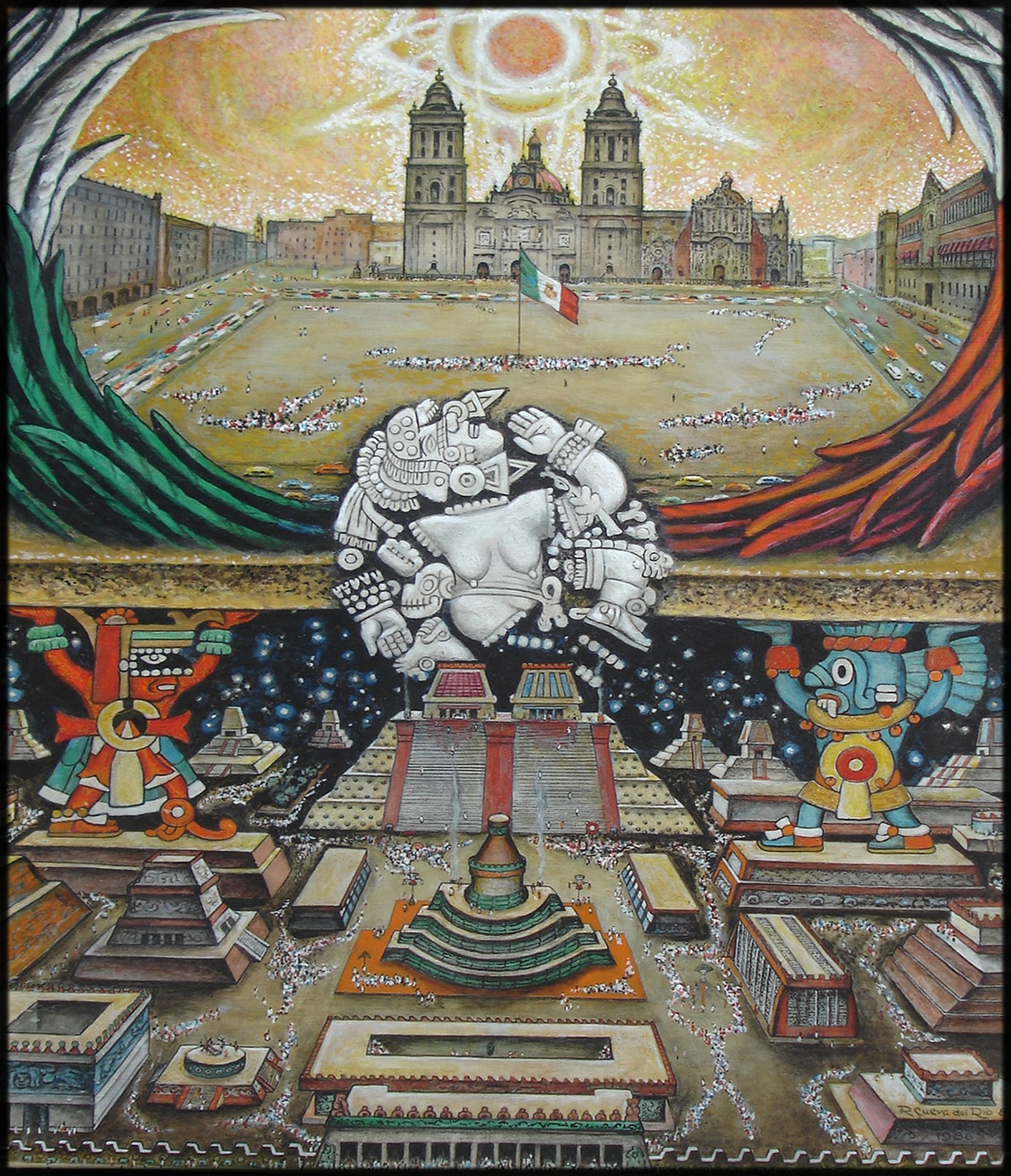
Building an urban transit system in an already dense city is a case study in retrofitting. But what happens when cities dig deep and uncover archeological treasures? During the construction of Boston Central Artery (known at the time as “The Big Dig”) uncovered a 17th century home and a 19th century glass factory.
Amsterdam is another example. When Dutch engineers began work on the North-South metro line, they unearthed 10,000 artifacts. The Amstel River and banks yielded objects like ancient coins, and the remnants of a furniture craft store from the 1800 era. Working in underwater caissons like those used to build the Brooklyn Bridge, archeologists assembled an archive of objects, and documented the process with film and a . Within the new Rokin station urban travelers can enjoy a wall of stone mosaics by Daniel Dewar and Grégory Gicquel featuring found objects. Eight stations on the new metro line present art as well. The metro has become an underground museum.
México City’s metro goes right to one of the greatest urban archeological discoveries in history: the Templo Mayor at Tenochtitlan. On 21 February 1978, electrical workers digging near the city’s main plaza, called the Zócalo, hit a stone. It was no ordinary stone. The object was carved in the shape of disk measuring 10 feet in diameter. On its surface, a relief could be traced to reveal a portrait of Coyolxauhqui, warrior sister of Huizilopochtli, deity of the ancient Mexicas.

An archeological team led by Eduardo Matos Moctezuma excavated the site for the next four years, when the endeavor received presidential support as the Templo Mayor Project. More than 7,000 objects were unearthed, bearing witness to the glories of Tenochtitlan, the Templo Mayor, and a series of temples that once stood as evidence of the great civilization. When Tenochtitlan fell in 1521 to the invasion of Cortés and troops, Aztec temples were destroyed. But now, they are once again part of México’s history and culture. To visit the site, take the México City metro Blue Line to the Zócalo stop, and step back in time.
Lewis, Ann-Eliza H., Editor. Highway to the Past: The Archaeology of Boston’s Big Dig. Commonwealth of Massachusetts and Massachusetts Historical Commission, 2001. Https://www.sec.state.ma.us/mhc/mhcpdf/Big_Dig_book, pdf
Museo de Templo Mayor. https://www.templomayor.inah.gob.mx/
Pinto-Rodrigues, Anne. “How train tunnels beneath Amsterdam revealed a medieval treasure trove.” 13 February 2023. CNN. https://www.cnn.com/travel/article/underground-amsterdam-treasures-rokin
Building the World Blog by Kathleen Lusk Brooke and Zoe G. Quinn is licensed under a Creative Commons Attribution-NonCommercial-NoDerivs 3.0 Un
